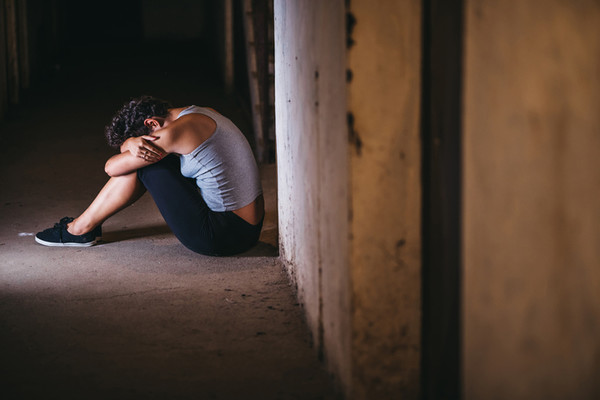Korea’s suicide rate declined slightly in 2020 from 2019, but the country still recorded the highest rate among OECD member nations, with men more likely to take their lives than women, a government report said.

According to the 2022 Suicide Prevention White Paper released by the Ministry of Health and Welfare and the Korean Foundation for Suicide Prevention on Tuesday, the number of suicides in Korea in 2020 totaled 13,195, down 604, or 4.4 percent, from 2019.
The nation’s suicide rate was 25.7 per 100,000 people, a decline of 1.2, or 4.4 percent. Compared to 2011, when the nation’s suicide rate reached its peak, the number of suicides dropped by 2,711 (-17 percent), and the suicide rate fell by six per 100,000 people (-19 percent).
However, Korea's suicide rate remained the highest among OECD countries in 2020, with 24.6 per 100,000 people in 2019, 2.2 times higher than the OECD's average of 11.
The paper also showed that far more men committed suicide than women. Males suicides totaled 9,093, accounting for 68.9 percent of the total, 2.2 times more than women’s 4,102, or 31.1 percent.
Male teenagers and men in their 20s killed themselves due mainly to mental problems, and 30-to-50 year-olds did so primarily because of economic difficulties. At the same time, those 60 and older cited physical problems most.
In contrast, women in all age groups cited mental difficulties as the primary motive for suicide.
Women were 1.54 times more likely to visit the emergency room than males due to suicide attempts.
Suicides were also more common among older adults. People in their 50s took the largest number of 2,606, and those over 80 showed the highest suicide rate with 62.6 per 100,000 people.
In comparison, young people were more likely to visit the emergency room due to suicide attempts, with those in their 20s taking up the most cases with 10,007 (28.7 percent), followed by those in their 30s and 40s (15.1 percent).
"The 2022 Suicide Prevention White Paper is a data that can confirm suicide-related statistics in the first year of the Covid-19 pandemic," said Jung Eun-young, director-general of mental health policy at the Ministry of Health and Welfare. "Fortunately, the suicide rate appears to have declined, but the future trend remains to be seen."
Jung added that the government would promote effective suicide prevention policies by reflecting on the rapidly changing social environment and do its best to restore a healthy daily life.

